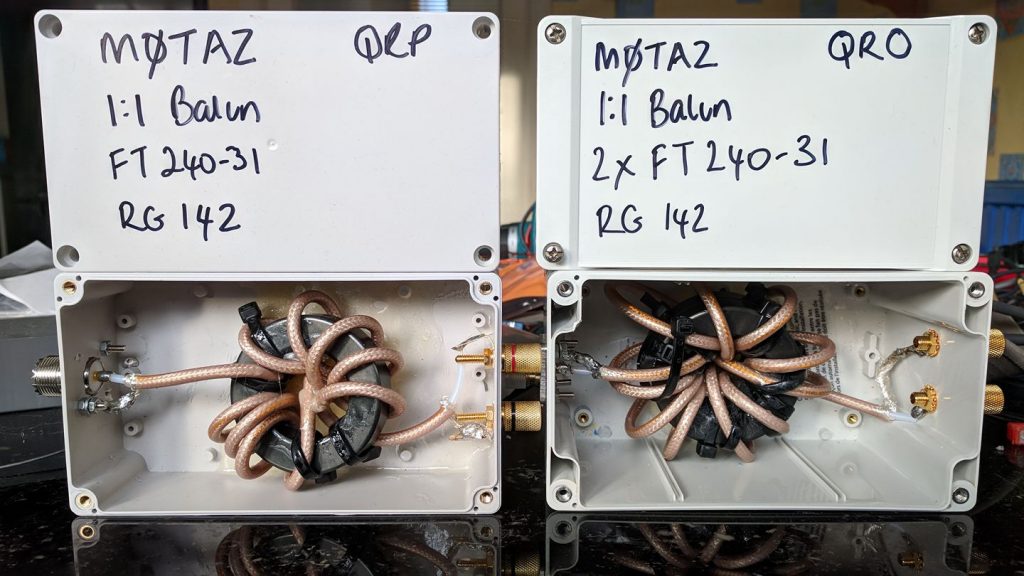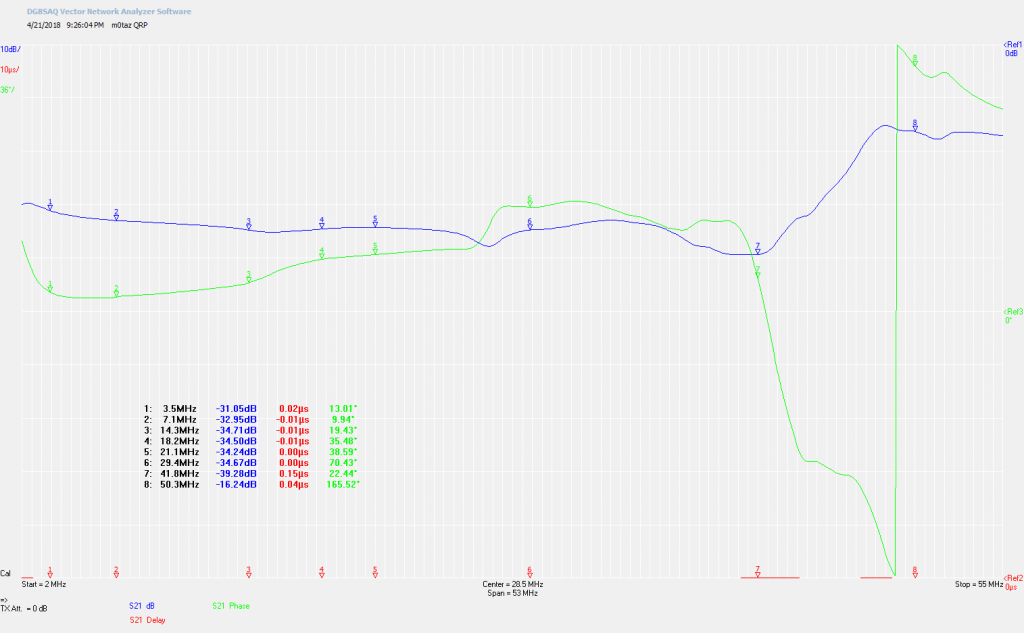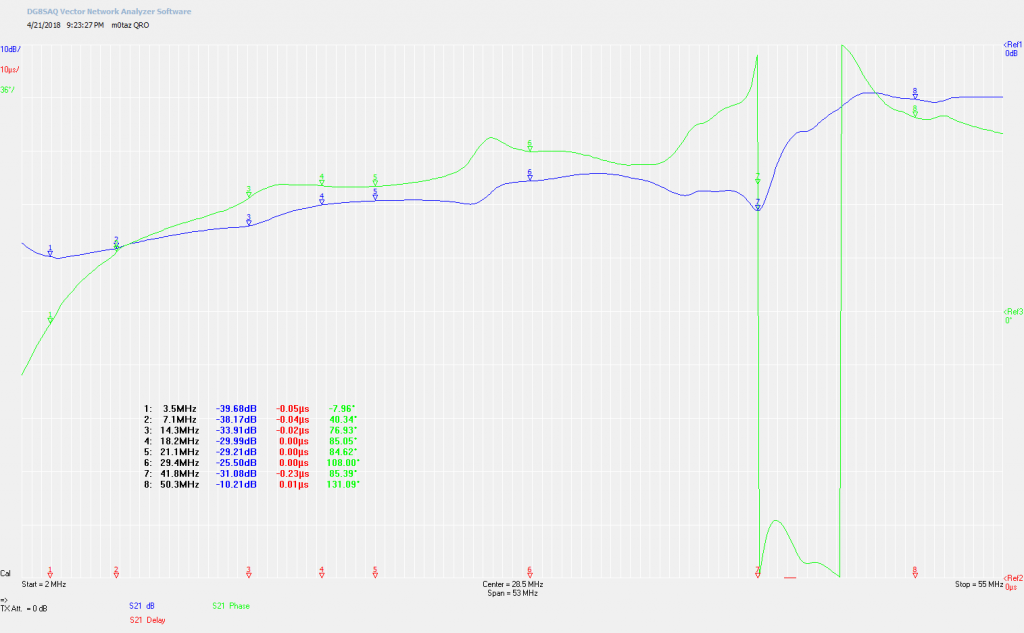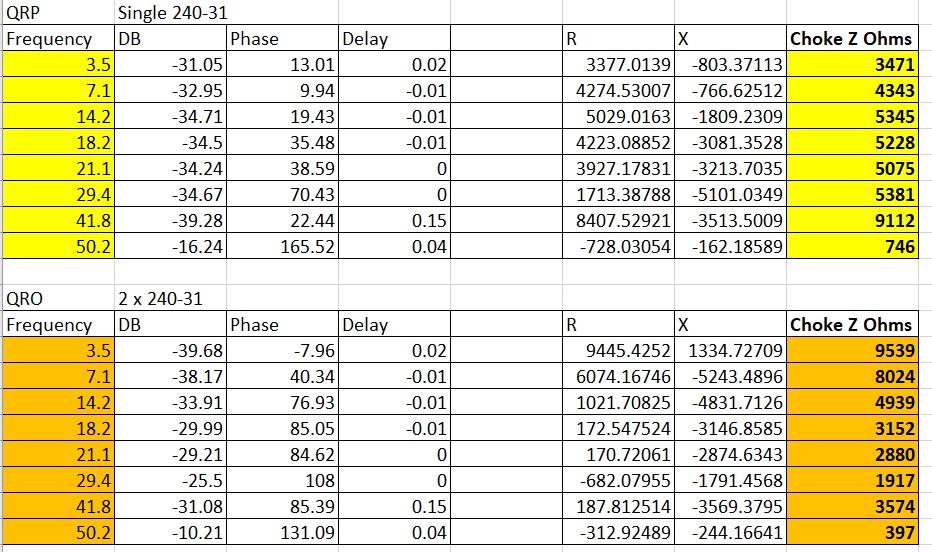With field days just on the horizon, I decided to make a couple of Balun (common mode choke) for field day use. I often use a vertical for 7 or 3.5 MHz, and a 1:1 choke is needed to stop the feeder becoming part of the antenna system. Sure you can purchase them online, but your never sure of the quality or the power handling and they are easy to make.
You will need a suitable box, ferrite toroid (FT240-31) is good for the lower HF bands and some coax. The type of coax you use will depend on the power handling, RG58/RG316 would be fine for 400w but if you want some margin for error then RG142 is a better choice.
The RG142 is quite expensive, but its capable of much higher power handling and it has a PTFE centre insulator. The coax typically costs around £5 per meter, and 1 meter should be sufficient for a single core balun.
FT240-31 Toroids cost around £9 each, so a typical project would cost around £20 for a single toroid or £30 for a double toroid QRO version.
If you purchase one already made they cost around £40 to £60 depending on the power handling.
Once assembled you should have something like this. The “QRP” version is good for 400w, the QRO version is good for 1KW.
The subject of choke may need some further explanation, so you may want to watch this video by Callum M0MCX. I would also suggest reading this excellent article by Steve G3TXQ
Steve explains in his article how you can measure the choke impedance, and he provides some measured data showing the effectiveness of various combinations of ferrite and number of turns. This gave me the idea, how hard would it be to measure the choke impedance at various frequencies?
Turns out it’s not as simple as you think, the first try with a VNA produced some interesting but mostly meaningless figures. It turns out you cant just sweep the choke with the VNA as it presents very high impedances outside the range where the analyser can be expected to be accurate. The VNA can be used, but the results will require some further maths before meaningful data can be obtained. At our recent radio pub meeting, I asked Dr David Mills (G7UVW) if he could assist, and he completed the measurements and the maths! Thanks, Dave.
VNA plot QRP single 240-31 Torroid
And now for the measured data, you are looking at the frequency on the left, and choke impedance in ohms on the right. We would typically say anything over 3,000 is very good.
As you can see both the chokes work very well over most of the HF spectrum. The target for me was to have something with very high choking impedance below 14 MHz.
Thanks to Dave G7UVW for his assistance, and I leave you with a picture from our radio pub meeting.






I like the beer perched atop the filter stack !! Liquid cooling ? 🙂
[Correction]
The beer looks lonely atop the Balun boxes; not a lot of room on the table 🙂
Is the QRO version simply two core’s cable tied together, then the coax wound around them both ?
Cheers
Yes, that’s correct.
Good luck with building your version.
Dave
Thanks for the information on the chokes. This mirrors what I had assumbed from previous readings and testing. BTW, cold 807s are appropriate for Ham meetings.
Dr Don W4BWS
Thanks Don for stopping by, hope you found it useful. Good to hear it meets with your findings 73 Dave